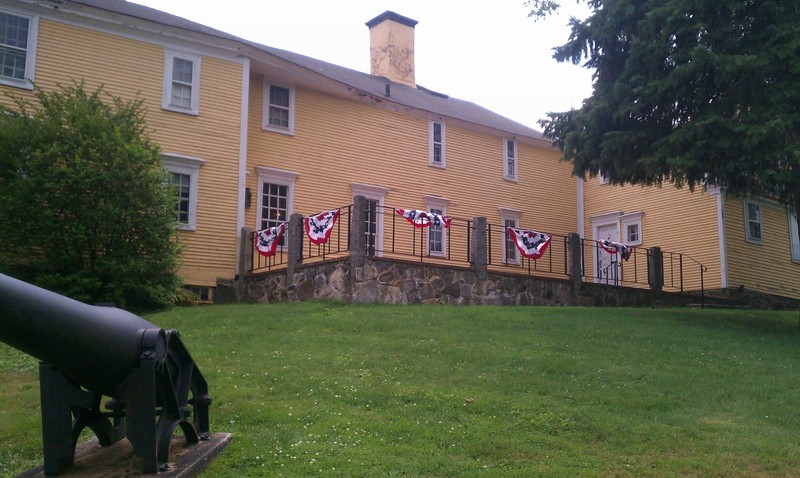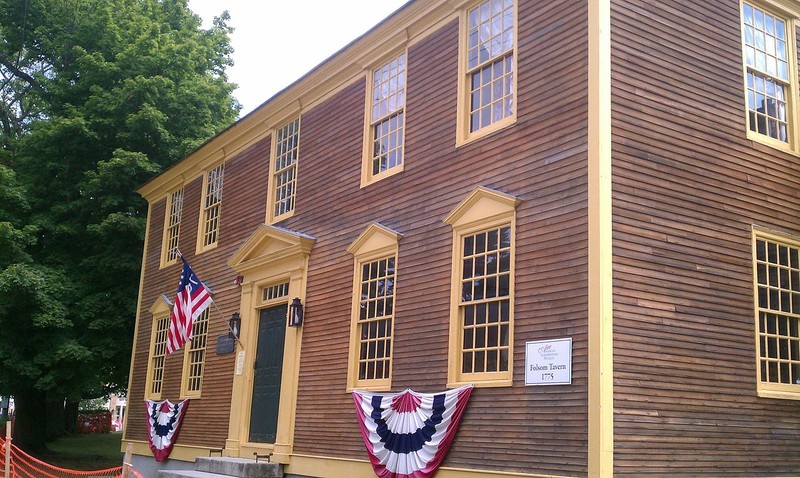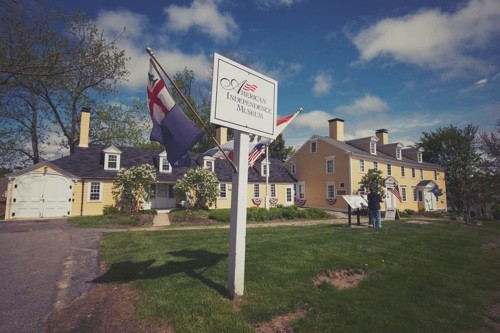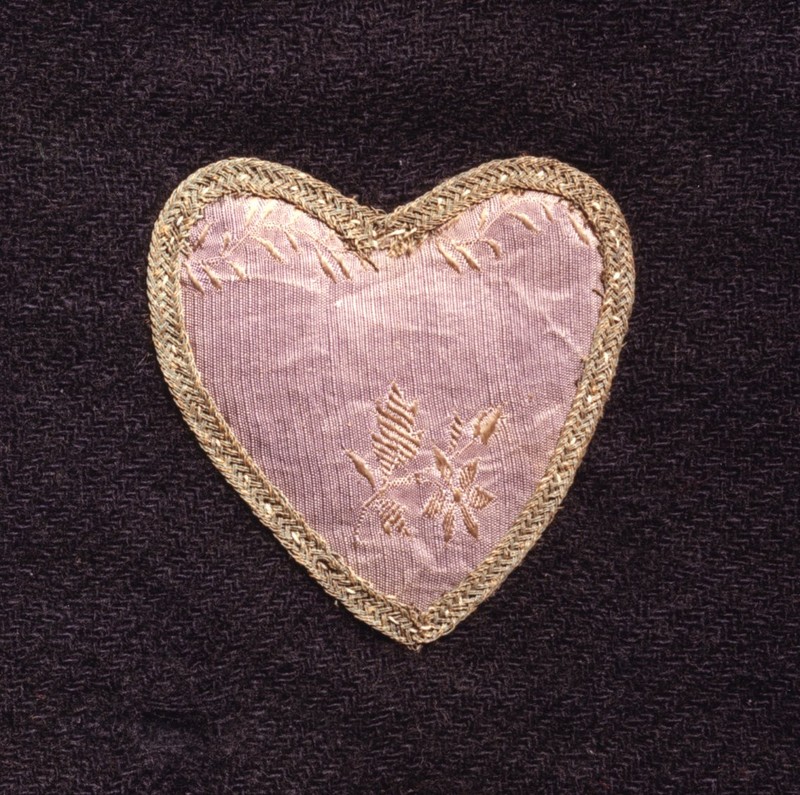American Independence Museum
Introduction
Text-to-speech Audio
Images
The museum is located in the home where a rare copy of the Declaration of Independence was discovered.

The museum complex also includes the restored Folsom Tavern which was built in 1775. The tavern was home to numerous political debates during the fight for Independence.

The American Independence Museum

The fabric Purple Heart badge on display at the American Independence Museum.

Backstory and Context
Text-to-speech Audio
The American Independence Museum is located in Exeter, New Hampshire. Exeter was the state’s Revolutionary War Capital and the home was the site of the state’s Treasury at the time. The museum was founded in 1991 under the combined efforts of the Society of the Cincinnati in the State of New Hampshire, the Exeter Community, and the State. The exhibits inside the museum showcase life in 18th century Exeter, New Hampshire. The town was a busy seaport and an important center of the Patriot cause during the American Revolution. New Hampshire’s role in the war and the founding of the fledgling nation and its early years are illustrated for each of the museum’s visitors. Its campus includes the Folsom Tavern (1775) and the Ladd-Gilman House (1721).
Folsom Tavern
The Folsom Tavern was built by Colonel Samuel Folsom in 1775. It was originally situated facing Exeter’s central square. The Patriots gathered in the tavern many nights during the Revolution to debate its course and make plans. A plaque outside the building boasts that the tavern once entertained President George Washington (he was treated to breakfast). Col. Folsom ran the tavern until his death in 1790. After his death, his wife Elizabeth continued operations as “Widow Folsom’s Inn” until her own death in 1805. The Folsom Tavern was renovated during the mid-2000s and now serves as a function/special event space for the museum.
Ladd-Gilman House (also known as Cincinnati Memorial Hall)
The Ladd-Gilman House was originally constructed by Nathaniel Ladd in 1721. He sold half of the home to Daniel Gilman in the 1720s. By 1777, the Gilman family had purchased the entire home. Nicholas Gilman, Sr. followed by two of his sons, John and Nathaniel, served the state as Treasurer from the time of the Revolutionary War (Exeter was the state capital at the time) periodically until about 1814. One of the home’s bedrooms, aptly called the “Gilman Bedroom” is devoted to the story of John Taylor Gilman. He served as the state’s Governor for 14 years (1794-1805, 1813-1816). The room contains original documents from his tenure.
One of the hidden gems on display in the museum is an original Purple Heart, or “Badge of Military Merit.” It is the small, purple silk heart issued by General George Washington to any soldier (including common soldiers, which was not done previously) for a single act of valor in battle. Only two of the silk purple hearts are believed to still exist, and one of them is on display is at the American Independence Museum.
Including the Purple Heart, antique furniture, and revolutionary broadsides, there are over 3,000 artifacts in the museum’s collection. Today the American Independence Museum is a place for the study, research, education and interpretation of the American Revolution and of the role that New Hampshire, Exeter, and the Gilman family played in the founding of the new republic. The museum is open from May to November. It is open on Tuesdays through Saturdays from 10:00 AM to 4:00 PM. Each year, it closes on Thanksgiving and the Friday following.
Sources
Home. American Independence Museum. Accessed December 31, 2017. https://www.independencemuseum.org/.
American Independence Museum. Facebook. Accessed December 31, 2017. https://www.facebook.com/americanindependencemuseum/.
Ladd-Gilman House. American Independence Museum. Accessed January 1, 2018. https://www.independencemuseum.org/share/ladd-gilman-house/.
American Independence Museum. Portsmouthnh.com. Accessed January 05, 2018. http://www.portsmouthnh.com/listing/american-independence-museum/.
Folsom Tavern. American Independence Museum. Accessed January 05, 2018. https://www.independencemuseum.org/share/folsom-tavern/.
Collection Highlights. American Independence Museum. Accessed January 05, 2018. https://www.independencemuseum.org/collection-highlights/?et_fb=1.
